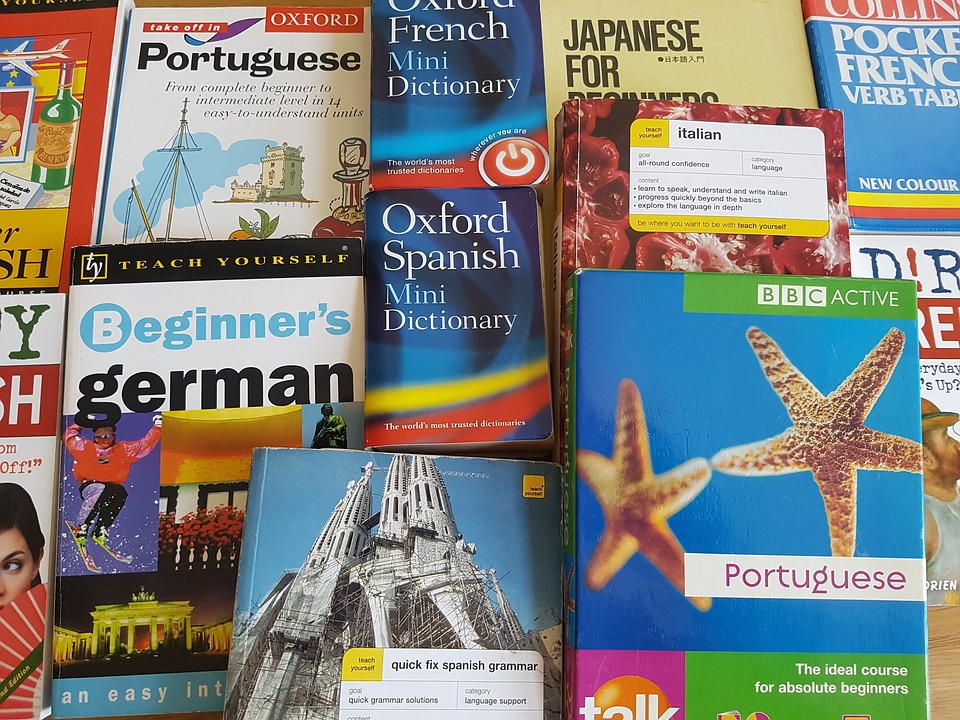A recent Coca-Cola marketing campaign in New Zealand didn’t go as planned for the giant soft-drink manufacturer.
The company attempted to combine a popular greeting that English-speaking New Zealanders use (“Hello, mate!”) with the indigenous Maori language by creating vending machine signs that read, "Kia ora, mate!" The problem is that “mate” in Maori does not mean “friend;” it means “death.”
The “Hello, death!” vending machine sign is an example of what can happen when an international campaign is poorly localized and doesn’t consider the target region’s unique culture(s).
The most common localization roadblocks are usually some combination of linguistic, cultural, and technological. To avoid committing a blunder like Coca Cola’s, be aware of the following challenges when starting a localization project.
Knowing the Target Language, but Not the Target Audience
Localization is about more than the language. It’s also about the target audience’s history and culture. Some countries, like New Zealand, have multiple languages and cultures. The Coca-Cola campaign tried (clumsily) to blend two different cultures and languages, when it might have been better to create two separate campaigns.
Conversely, one language might be spoken in many different countries. Spanish is spoken in countries as diverse as Spain, Colombia, and Cuba. Each of these countries has a distinct culture and population that needs to be understood when selecting images, using regional slang, or making cultural references.
In many cases, a campaign for one Spanish-speaking country cannot be the same as a campaign for another. Working with a Language Solutions Partner (LSP) can help guide those decisions to get your message to your audience in a way they understand.
Translating Idioms
“Have you eaten rice?” That’s the literal translation of the Korean phrase, “Bap meogeo seoyo?,” which is commonly used to mean the equivalent of “How are you?”
When idioms are translated literally, without regard to localization, their true meaning can be lost. A human linguist who is a native speaker of the original and target language is essential to notice and adjust these linguistic nuances.
Localizing sarcasm presents similar challenges because sarcasm is a form of figurative speech in which the meaning is the opposite of the literal words. While body language and tone can demonstrate sarcasm in person, it’s much harder to catch on the page. Some cultures use sarcasm in everyday language, but other cultures aren’t familiar with it at all. When in doubt — don’t use it.
Not Using the Proper Technology
Using the wrong technology for translation and localization can seem easier at first, but will likely be a huge headache in the long run.
Free online tools like Google Translate are not only prone to translation errors, but also don’t take into account cultural nuances the way localization does. Robust Machine Translation (MT) tools used by an LSP include translation memories and glossaries to automatically populate key words and phrases, which can then be double-checked by a human linguist. A team of human linguists and secure MT tools, like United Language Group’s Octave, can improve both speed and accuracy while reducing cost.
Clients and LSPs should communicate throughout the project to ask clarifying questions, provide drafts and comments, and give final approval. A standard email sent through Gmail can only attach 25 MB; it’s also unencrypted and vulnerable to hackers. Instead, transfer files via a secure File Transfer Protocol (FTP), which has a 256-bit encrypted connection and is usually a feature of a translation management system. An added benefit is that these files will remain in a single repository for future use.
Using an FTP connection is especially important for transferring files to the individuals conducting the in-country review, a final step to ensure that the new document is appropriately localized for its audience. The final product will improve when valuable stakeholders can access a project’s files and provide their input.
Are these localization roadblocks hindering your organization’s productivity or bottom line? Contact United Language Group today to create a new plan for conquering these challenges and reaching your intended audience.

